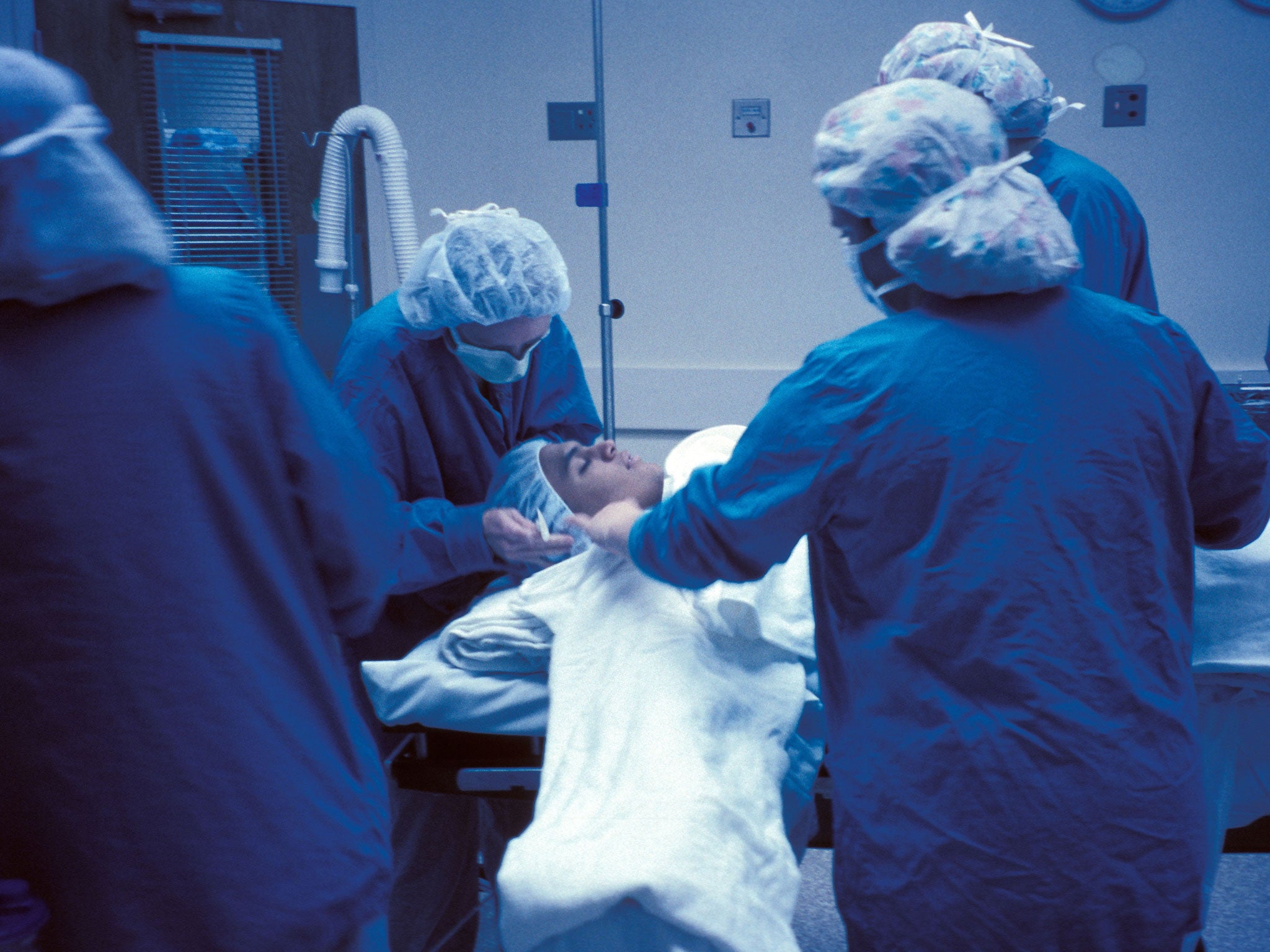Think of it as a dream, not a nightmare if you wake on the operating table: Incidences of 'accidental awareness' are far higher than previously thought
But research suggests that you won't worry – or feel a thing

It is every patient's worst nightmare: that the anaesthetic won't work... And now a review suggests that bad dreams can come true, after one leading expert found that incidences of so-called "accidental awareness" are far higher than was previously thought.
Professor Jaideep Pandit, a consultant anaesthetist and fellow of St John's College, Oxford, has warned that the number of patients who are "dimly" conscious – for which read that they can feel that blade and see all the blood – could be very high. That's the bad news. But tomophobes (people with an extreme fear of surgery) can take heart from the suggestion that being vaguely conscious isn't necessarily a disaster.
It's possible that some patients are floating in a "third state of consciousness", dubbed "dysanaesthesia", in which they have some awareness of the world around them, but feel no pain or distress. Or so Professor Pandit believes.
He came up with his theory after reviewing existing evidence that found large differences between the number of patients who, when asked, recall awareness while under anaesthetic, and those who report awareness without being asked.
National data released earlier this year, based on an audit for the Royal College of Anaesthetists and the Association of Anaesthetists of Great Britain and Ireland, showed that only one in 15,000 patients had told their doctor that they recalled something while under general anaesthetic; of those, only a third reported any distress. But on closer questioning a much higher number, one in 500, gave an answer that suggested they were dimly aware of something happening after being given an anaesthetic, instead of being out for the count.
"The difference between the incidence of 1:500 and 1:15,000 suggests that even in the rare instances where patients are experiencing awareness, in most cases the sensation is a 'neutral' one. What we are possibly seeing is a third state of consciousness – dysanaesthesia – in which the patient is certainly aware of events, but not concerned by this knowledge, especially as they are not in pain."
A recent study in which 34 surgical patients were anaesthetised and had their whole body paralysed apart from one forearm reinforces this theory. The patients were asked to move their fingers, which a third were able to do. But intriguingly, none of the patients moved their fingers without being asked to.
"The difference between one third of patients who can respond to commands to one in 15,000 who report remembering something, tells us that there must be a different state between full awareness and full anaesthesia," said Professor Pandit. "Logically, it follows there is a large group of patients who are experiencing something in a neutral way.
"I liken it to a jigsaw puzzle – if being aware is the ability to recognise the image of a jigsaw puzzle, then anaesthesia is something that takes away the pieces. A point comes when you take away so many pieces that you can't tell what the picture is, but you can still see it is a jigsaw. That's what I call dysanaesthesia – you can see the pieces but there's no recognisable image, so you're not interested."
Professor Pandit called for more research to be carried out to see if dysanaesthesia could be identified by monitoring brain signals and, if so, whether it could be a warning sign that patients are more conscious than they should be.
Accidental awareness during surgery is the second most common concern raised by patients before operations, and the third commonest cause of litigation against anaesthetists in the UK.
The problem for anaesthetists is that they cannot risk putting a patient to sleep too soundly because that would be far more dangerous.
Join our commenting forum
Join thought-provoking conversations, follow other Independent readers and see their replies
Comments